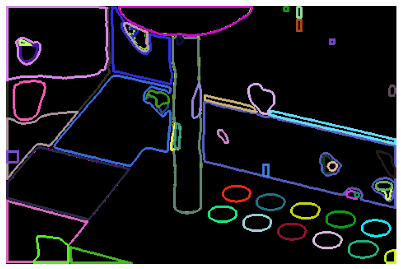Project AIDARC (AI-driven, autonomous robot commissioning) is developing IONA technology so the future requirements of manufacturing cells, specifically within the automotive sector, can be met.
INSPHERE are running the project independently having won recent funding to back this project.
Context:
Manufacturers need production processes that are more flexible. Cellular manufacturing is providing the flexibility needed and AGVs (automated guided vehicle systems) are increasingly replacing manual processes to move parts across a factory floor.
But this drive away from traditional production lines has created new challenges. Robots are already innately inaccurate and with increased levels of movement of parts across the production floor, they are set to become even more inaccurate, since AGVs typically introduce additional variability in the positioning of parts.
This project sets out to discover:
- What levels of accuracy do manufacturers need robots to achieve and under what new environmental constraints?
- What datum features need to be detected?
- Can IONA meet these accuracy targets?
- Can IONA consistently detect features?

Market research:
Backed by integrators and several research centres, accuracy parameters within an 8m x 8m volume cell have been defined. Cutout holes within a representative test piece were selected as the datum features, in keeping with industry norms.
Progress:
To meet the defined accuracy targets, the cameras and sensors within IONA nodes have been upgraded to higher resolution than previously. We are making progress in reaching these targets and early results are looking promising.
As IONA operates as a network of sensors, there are a no issues with line of site, as the nodes can be placed all around the cell.
We have been developing AI algorithms for feature detection and so far, the early test data is demonstrating that we can consistently identify holes within a representative test piece.
IONA communicates directly with the robots in the test cell, which corrects movements autonomously.


